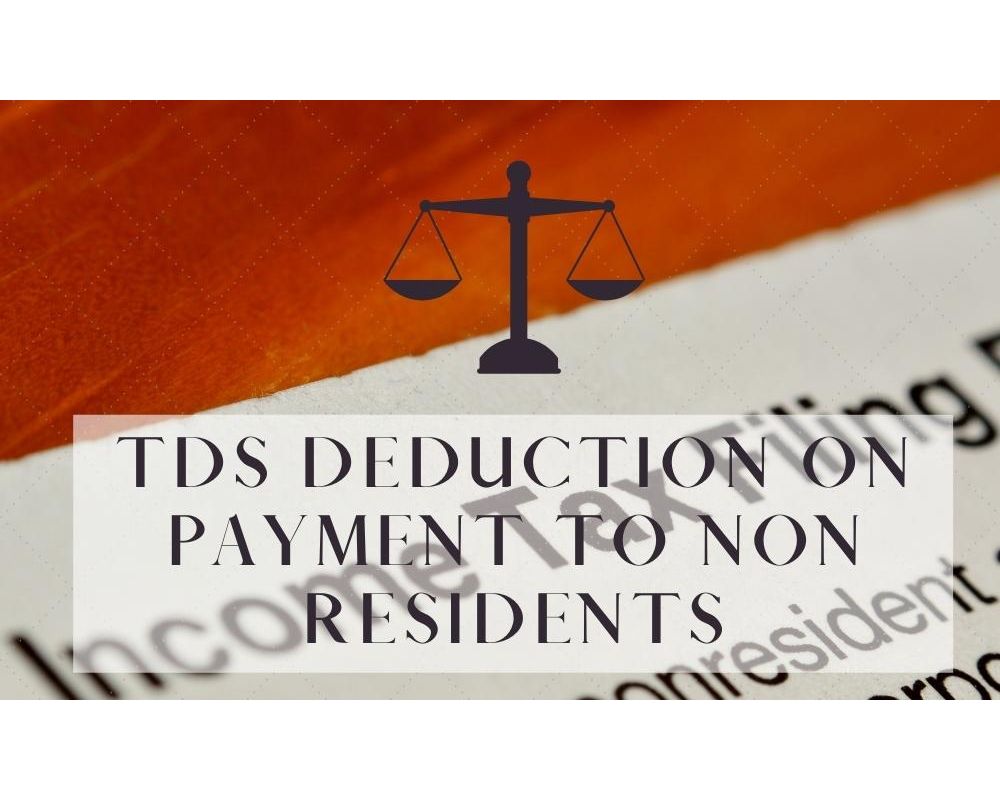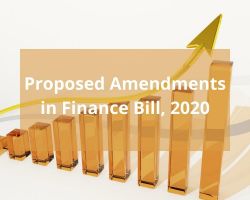Section 195 of the Act governs the TDS deduction on payments to non residents.
It states that any person responsible for making payment outside India to a company or a non company is required to deduct TDS at the time of payment or credit, whichever is earlier at the rates in force.
Let us understand the provision in detail. It is pertinent to understand that there is no rate defined under the Section for deduction of TDS. TDS u/s 195 shall be deducted at rates in force.
RATES IN FORCE
‘Rates in force’ refers to rates defined under Finance Act. Every year budget announces the rate applicable for deduction of TDS under Section 195.
NATURE OF PAYMENTS
Now, next question is what type of payment or services are included under Section 195.
It includes payment referred to in all types of foreign payment including interest payment. However, it does not include payments referred to in Section 194LB or Section 194LC or salary payments made outside India.
Section 194LB of the Act states interest payments by infrastructure debt fund & Section 194LC includes interest payable by the specified company or the business trust.
Further, it is important to note here that the scope of Section 195 is very broad as it includes the responsibility of deduction of TDS to residents as well as non residents whether or not the non-resident has a business connection or presence in India or not.
NO THRESHOLD LIMIT
There is no threshold limit for deduction of TDS. TDS shall be deducted on all types of payments.
Further, Section 195(3) of the Act prescribes the procedure for application to Assessing officer to grant the certificate of non deduction of TDS which shall remain valid upto the date of date specified in the certificate.
Important points to consider while calculating TDS rates as per Income Tax Act
1) LEVY OF SURCHARGE & EDUCATION CESS
- Rate specified under the Act needs to be further increased by Surcharge & education cess.
- However, when DTAA is invoked, Rates are not increased by Surcharge & education cess.
2) TIME OF DEDUCTION
- at the time of credit or at the time of payment, whichever is earlier
3) RATE OF DEDUCTION
- As per RATE IN FORCE
Rate specified in the Finance Act of relevant year
Or
Rate specified under DTAA,
whichever beneficial to assessee.
The above provisions are applicable where TDS is deducted as per the domestic act i.e. Income tax Act, 1961.
Now, let us understand Section 90A of the Act where provisions are applicable as per Domestic Act or Treaty, whichever is beneficial to the assessee.
Kindly note that a non resident of India is also governed by the provisions of the country in which he is a resident.
herefore, countries enter into Double Tax avoidance agreement (‘DTAA’) to avoid double taxation of the same income.
These DTAAs or treaties specify the taxation of income on the basis of nature of Income. Further, DTAAs have articles wherein the nature of income & tax imposed thereon is specified.
For example- Article 9 of India-USA DTAA deals with Royalty, Article 10 deals with Interest income.
Suppose, if A, resident of India makes payment to B, resident of USA for the professional services rendered by B to A and A deducts TDS on the payment made to B.
Now, A needs to read Income Tax Act as well as India-USA DTAA to deduct the TDS as per the provisions whichever applicable to B.
Read more at: https://taxguru.in/income-tax/tds-deduction-payment-residents.html
Copyright © Taxguru.in








324 Likes